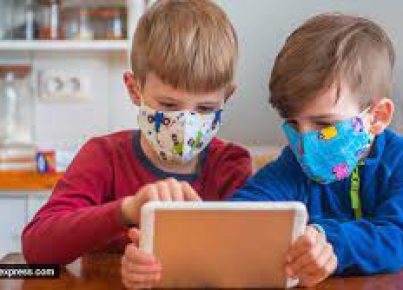The impact of the COVID-19 pandemic has been profound and far-reaching, affecting almost every aspect of our lives. One area that has experienced significant upheaval is education. As schools around the world closed their doors, educators and students alike were forced to adapt to remote learning. This quick shift to online education was necessary to slow down the virus’s spread but has presented numerous challenges, particularly for vulnerable populations who may not have had access to the necessary resources for remote learning.
Several factors contribute to making remote learning an impossible option for many students:
1. Digital Divide
One hurdle faced by many students, particularly those in developing countries or low-income households, is limited or no access to devices such as computers, smartphones, or tablets. This digital divide puts these students at a significant disadvantage compared to their peers with easy access to technology. Without a reliable device, students cannot participate in online classes, complete assignments, or communicate with teachers and classmates.
2. Unreliable Internet Access
Even when students have access to devices, they may not have reliable internet access. In some areas, internet connectivity remains a challenge due to infrastructure limitations. For households with multiple children or members working from home simultaneously, bandwidth constraints might also hinder effective remote learning.
3. Lack of Technical Support and Training
Remote learning requires a certain level of digital literacy which both teachers and students must quickly familiarize themselves with. Many families lack technical support and training resources necessary to navigate the myriad of digital platforms now integral in online education.
4. Distractions and Home Environment
Many parents are struggling to balance work-from-home responsibilities while simultaneously supporting their children’s remote schooling efforts. In households lacking dedicated study spaces where students can work in peace without distractions, it can be difficult for them to focus on their schoolwork.
5. Special Education Needs
Students with special educational needs are disproportionately affected by the shift to remote learning. Online classes may not cater to their specific learning requirements, and they can lose access to crucial in-person support services normally offered at schools.
6. The Impact on Mental Health
The pandemic is taking a significant toll on students’ mental health, intensifying feelings of isolation, anxiety, and fear. The sudden disruption of routines and reduced in-person interaction with teachers and classmates can exacerbate emotional and psychological distress for many students.
While remote learning has made it possible for many students to continue their education during a global pandemic, it remains an inaccessible or impractical option for far too many. To achieve equitable education for everyone, it is of utmost importance that governments, schools, communities, and businesses collaborate to address these challenges facing vulnerable populations. Ultimately, the race toward remote learning will only be deemed successful when every child has a fair chance at quality education—even from a distance.





